More DMs should attempt DnD encounters with Solasta-style maps, taking advantage of complex terrain, and the tactics it facilitates, but far too many DMs instead follow misguided advice, stretching out encounters and trying to create an illusion of dire stakes. There are some DMs, and players, who do not feel a battle is a challenge unless half the party is dead or reduced to single digit hit points. Others feel an epic boss fight must last at least four rounds for it to feel satisfying. Such approaches lead to a style of encounter that is, in truth, DM vs DM.
A Longer D&D Battle Isn't A More Satisfying D&D Battle
There Is No Magic Number Of Rounds An Encounter Needs To Last For
The 5e DnD system already has rules to make boss monsters feel menacing, like the mythic monsters from DnD’s Theros setting, or features like Legendary Actions and Legendary Resistance. Some misguided internet advice posits that a boss battle needs to last a certain number of rounds to feel like an appropriate challenge.
Very new players may still equate DnD to a video game and judge its challenges by the same standards. If a player completed a video game RPG without ever seeing the Game Over screen, they might judge it as too easy. In DnD, a TPK ends the campaign. The 2025 Monster Manual will adjust balance, but ideally that will result in more satisfying fights, not longer ones.
Such an arms race inevitably results in either a TPK, or an ersatz challenge when monster tactics suddenly evaporate.
During 4e DnD, the designers recognized that the original monsters were designed with too many Hit Points and not enough offense, leading to drawn out encounters with low intensity enemies. They course-corrected with subsequent Monster Manuals, and the Monster Vault, allowing for brisk fights with legitimate threats, not boring slugfests. Fifth edition DnD saw a return to HP bloated monsters that often repeat a multi-attack routine. There is no magic number of rounds a battle must last, even with bosses.
Some DnD monsters can ruin a campaign. However, by sticking within the recommended encounter building guidelines in the Dungeon Master’s Guide, a DM can provide meaningful challenges that are not likely to turn into a surprise TPK. This allows for attrition-based challenge over the course of the adventuring day, instead of trying to turn one battle into a ten-round ordeal.
A fight should last as long as it needs to last. Trying to force longer encounters may sound more dramatic, but such efforts often lead to illusory challenges. DMs realize, often too late, they are about to TPK the party.
Challenges Beyond D&D CR Guidelines Are DM Vs DM
The Illusory Challenge Of Near TPKs Removes Player Agency
Some players perceive that DnD rules slow down combat encounters, but artificial challenge is a bigger concern for losing player immersion. When a DM runs a poorly balanced encounter that appears on the cusp of overwhelming the party, they often recognize this midway through the fight, and adjust their tactics accordingly.
This is extremely transparent to most experienced players. They will not see a battle as a victory pulled from the very jaws of defeat, but as a TPK where the DM decided to hold back instead of sealing the deal. This is essentially the DM fighting against the DM.
Related
There is a place for filler sessions in some Dungeons & Dragons campaigns, but a low-stakes session at the wrong time can eradicate dramatic momentum.
Like a button press in a rhythm game, such DMs aim to back off after dire stakes have been established, but before slaying the party with finality. Baldur’s Gate 3 used 5e DnD for its system, and even newer players will recognize that many DMs play monsters inconsistently, compared to a video game.
When monsters suddenly cease prioritizing vulnerable player character targets, or they begin to forget their Legendary Actions just when the fight is going in their favor, players will notice. These fights might seem hard fought, but this approach negates player agency and removes any satisfaction from victories.
Combat is the central pillar of Dungeons & Dragons, and it needs to be meaningful for the players, not a DM vs DM exercise in carefully orchestrating the illusion of a hair’s breadth victory.
When a DnD party uses highly powerful builds and cunning tactics, some fights might appear trivialized, as spells might negate or mitigate attacks, Stunning Strike locks down foes, and martial damage dealers make short work of monsters. Some DMs focus on how short a fight is, or how much damage the party sustained, and engage in an arms race with the players. They go further and further beyond the recommended encounter building guidelines, seeking an upper limit of the party’s capabilities. Such an arms race inevitably results in either a TPK, or an ersatz challenge when monster tactics suddenly evaporate.
Adventuring Days Make D&D Player Agency Important
The 2014 DMG Adventuring Day Guidelines Give The Players Ownership
There are plenty of ways to improve the combat experience, and sourcebooks like Monsters of the Multiverse improve statblock layouts for monsters to speed things up. DMs need to understand what the goals of the 5e DnD combat system are, and what they are not.
Becoming familiar with the system helps DMs prepare challenges and keep battles running brisky, remaining tactically varied and interesting. The loose balance of the system is certainly not designed to promote single encounters that take the party to the very edge of annihilation and have those sustained over the length of a full campaign.
The 2014 Dungeon Master's Guide clearly lays out guidelines on how to calculate a Medium difficulty encounter for the party's level, and explicit guidance on running six to eight such encounters per Adventuring Day.
Using the 2014 DMG suggestions of multiple encounter adventuring days, and proper Challenge Rating-based encounters, gives players agency. Players shape the outcome of combat, and they can feel satisfaction with their victories.
Illusory play, where the DM pushes the party beyond what they can handle, before pumping the brakes on monster aggression, may entertain new players, but experienced players will recognize it for what it is. Combat is the central pillar of Dungeons & Dragons, and it needs to be meaningful for the players, not a DM vs DM exercise in carefully orchestrating the illusion of a hair’s breadth victory.
Source: Dungeons & Dragons/YouTube
Created by
E. Gary Gygax
, Dave Arneson
, Jonathan Goldstein
, John Francis Daley
Summary
The Dungeons & Dragons franchise is a fantasy adventure series based on the iconic tabletop role-playing game. The franchise includes both live-action and animated adaptations, with the most notable being the recent film Dungeons & Dragons: Honor Among Thieves (2023), which brought the fantasy world of D&D to a broader audience with its blend of humor, action, and classic D&D elements. The franchise explores themes of heroism, friendship, and the unpredictable nature of adventuring in a magical world filled with dragons, wizards, and mythical creatures.

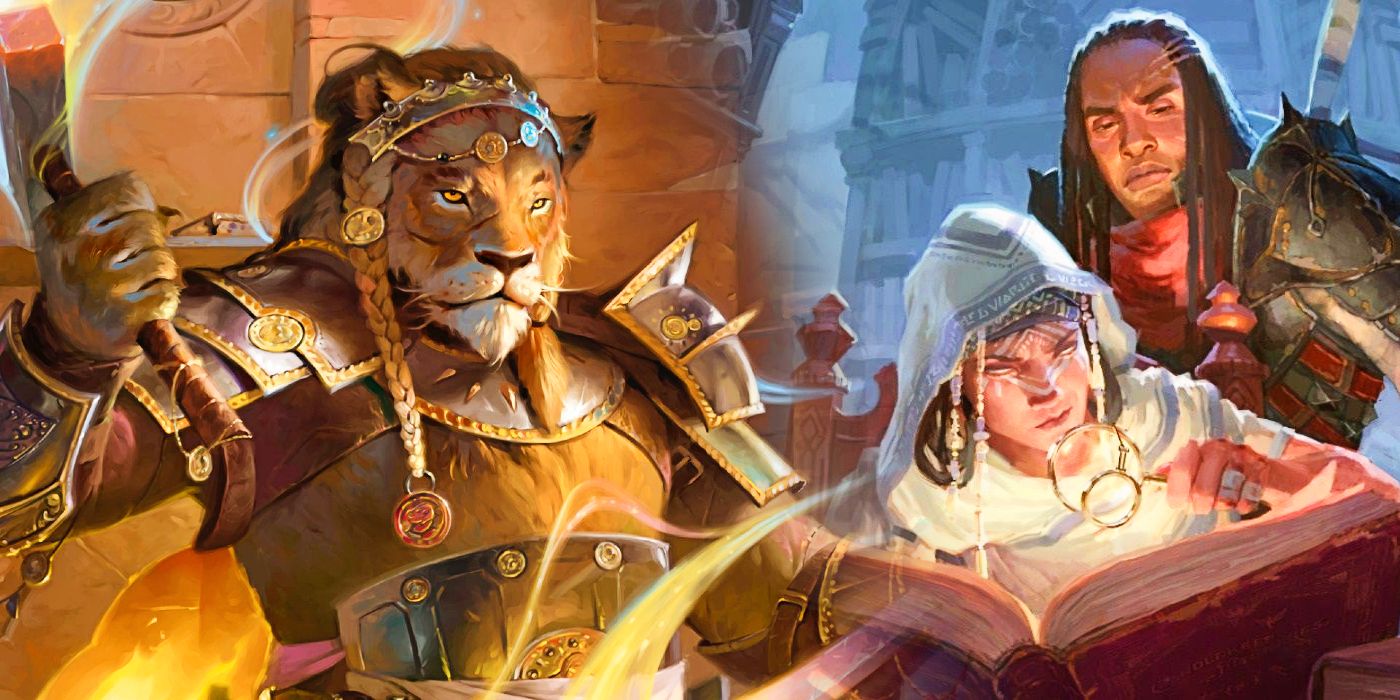 Custom Image by Lee D'Amato
Custom Image by Lee D'Amato

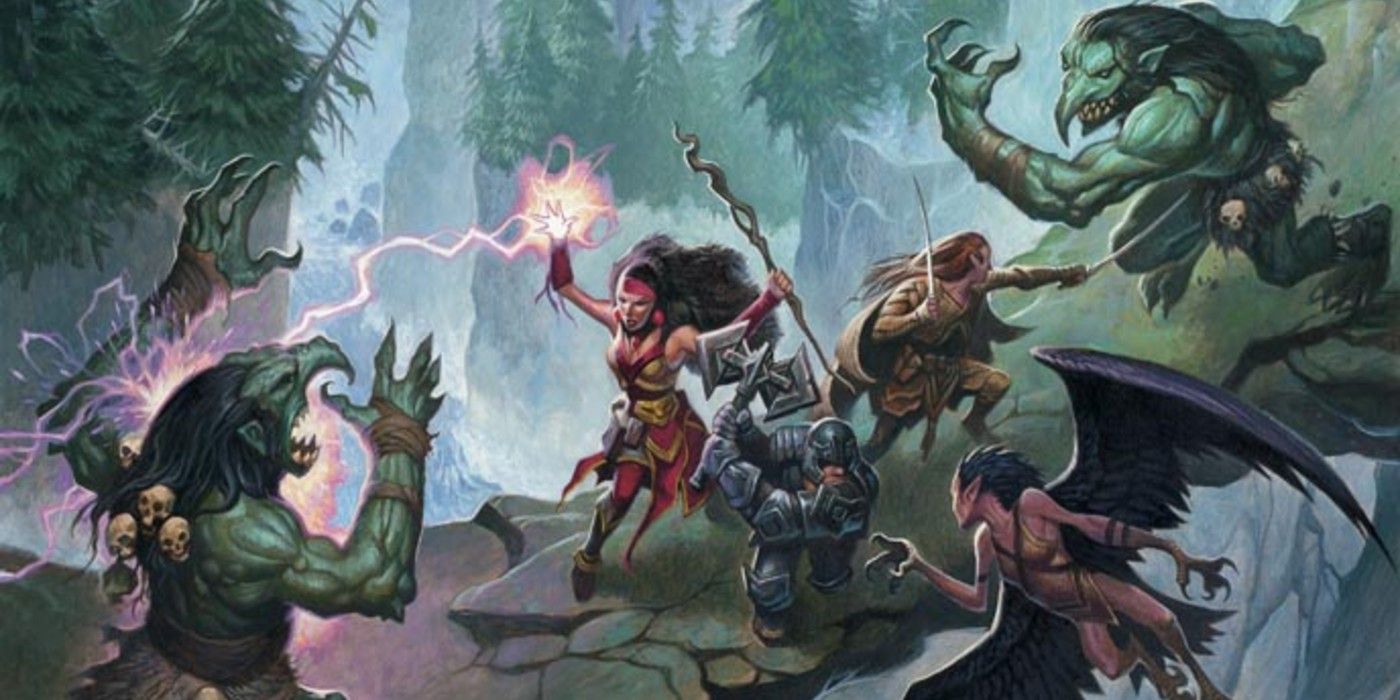
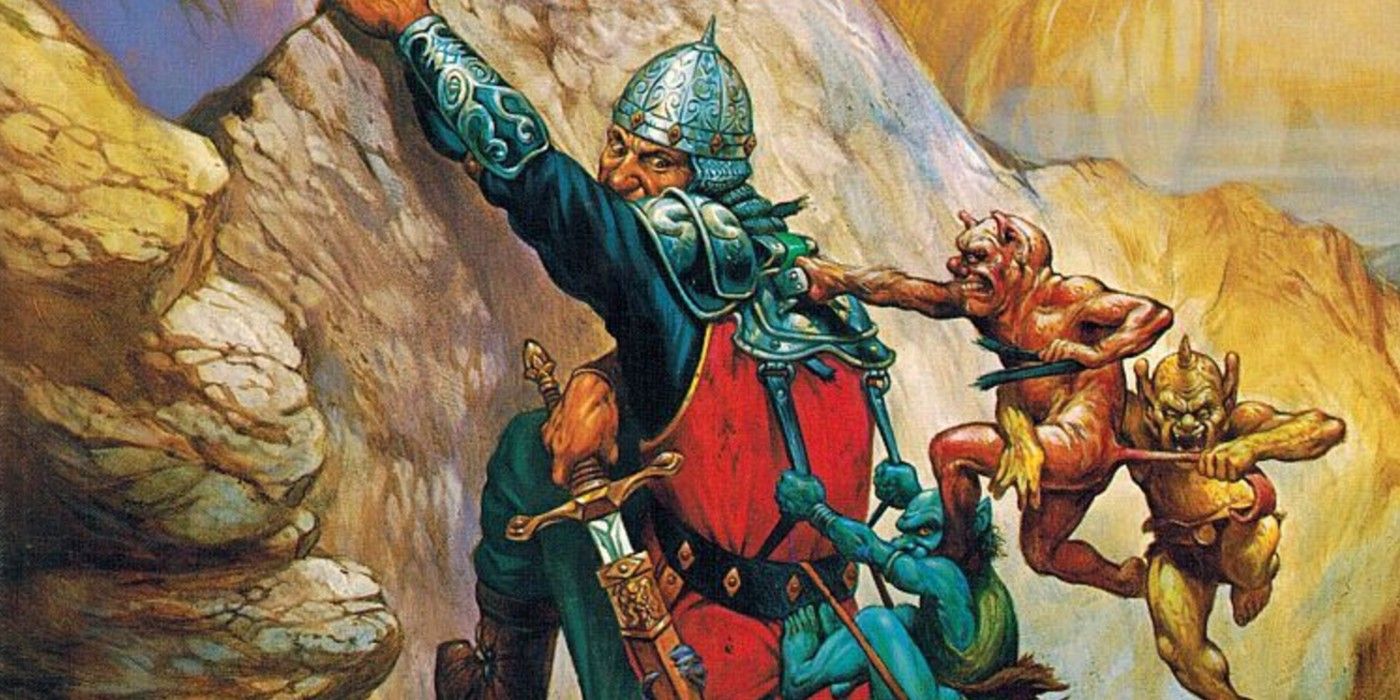
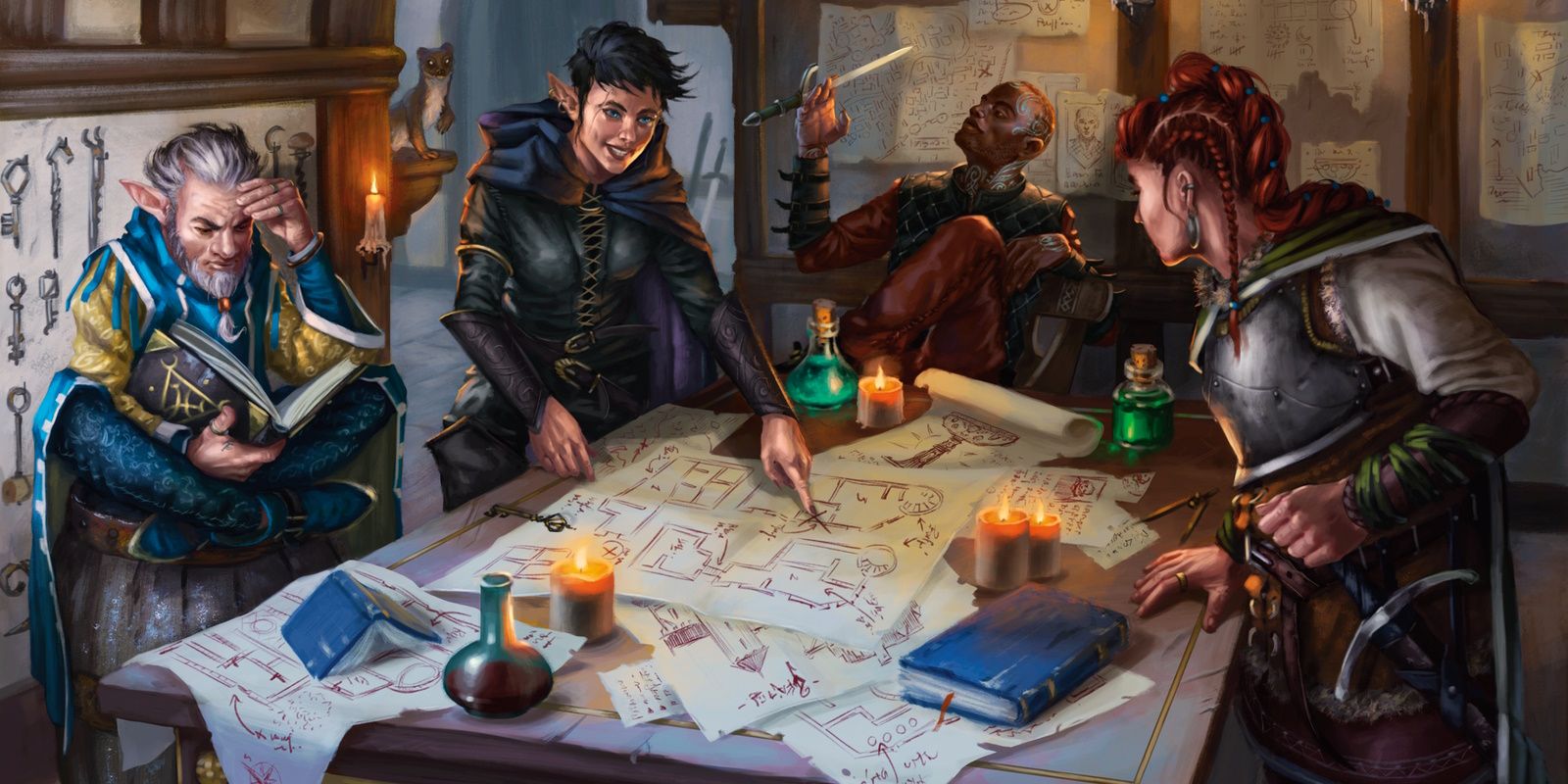
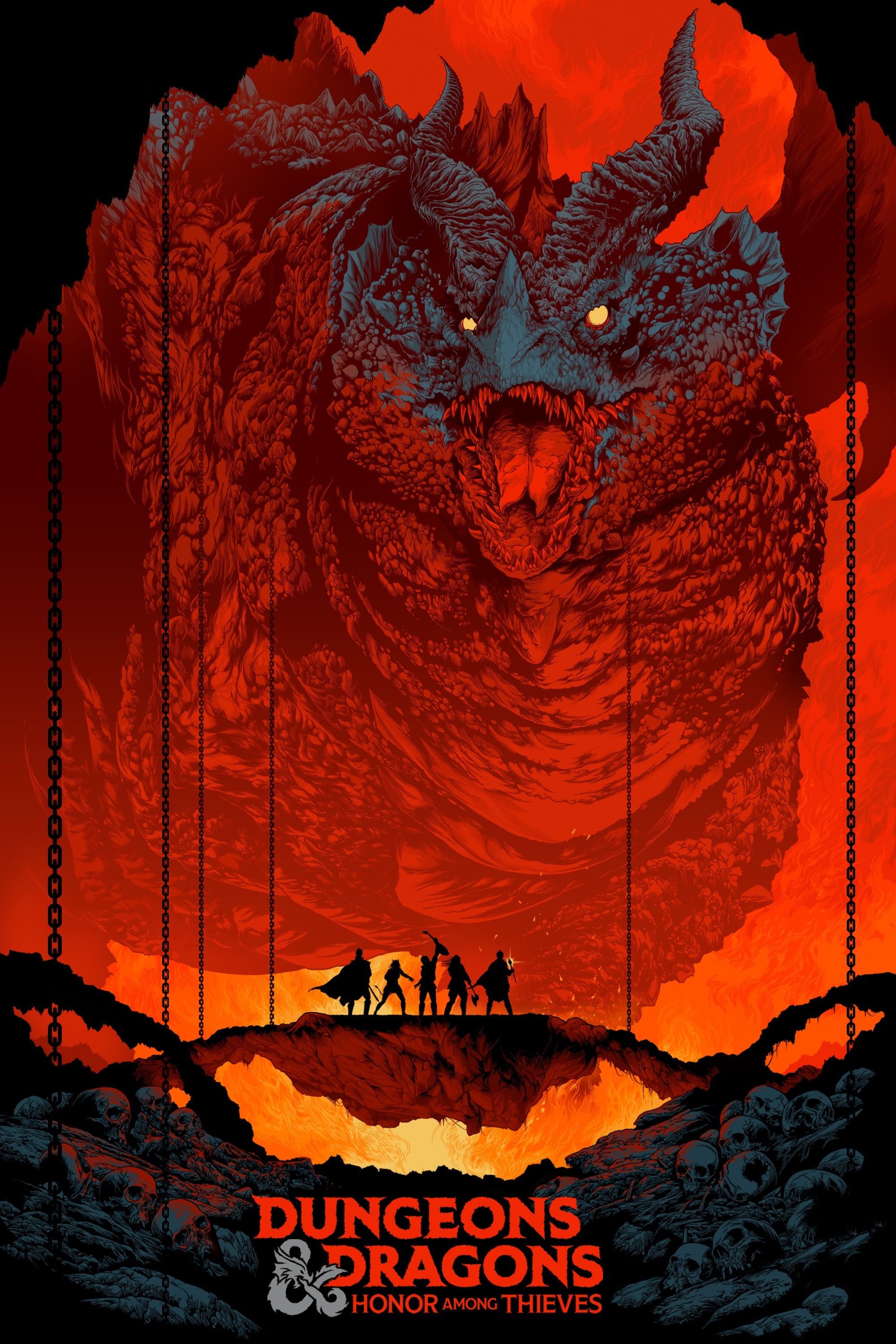








 English (US) ·
English (US) ·